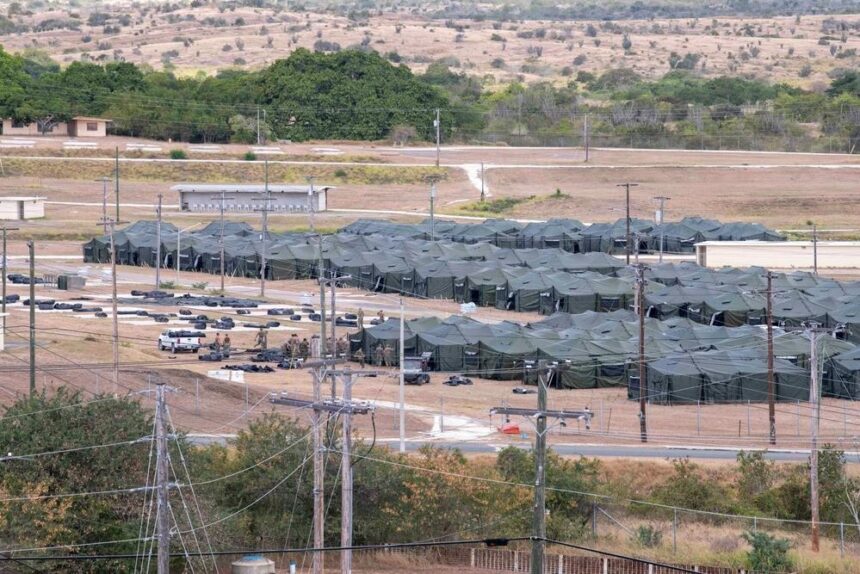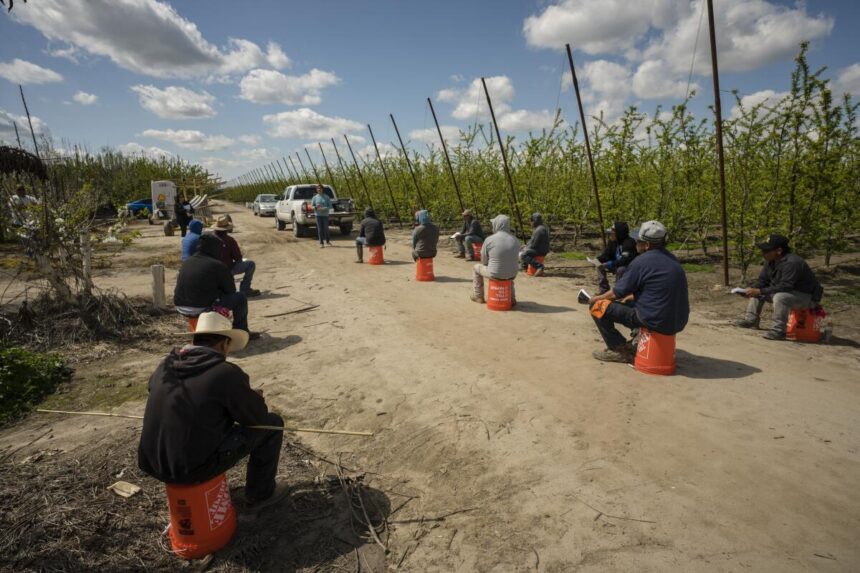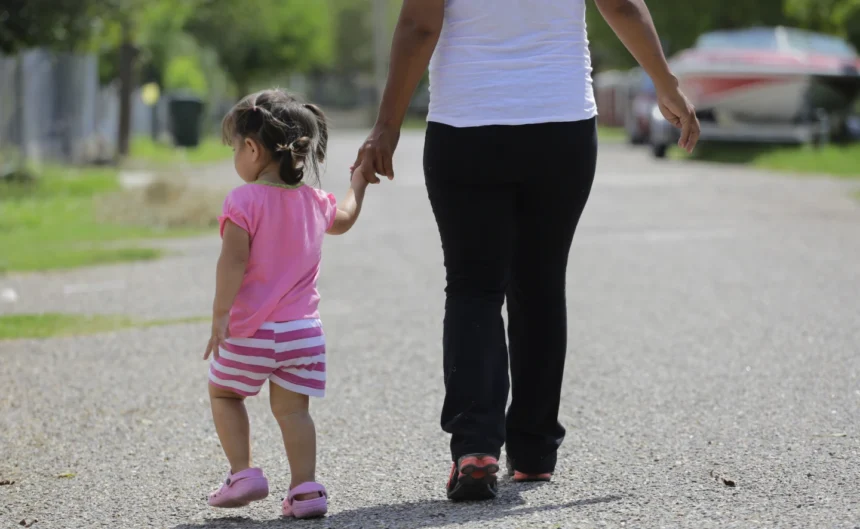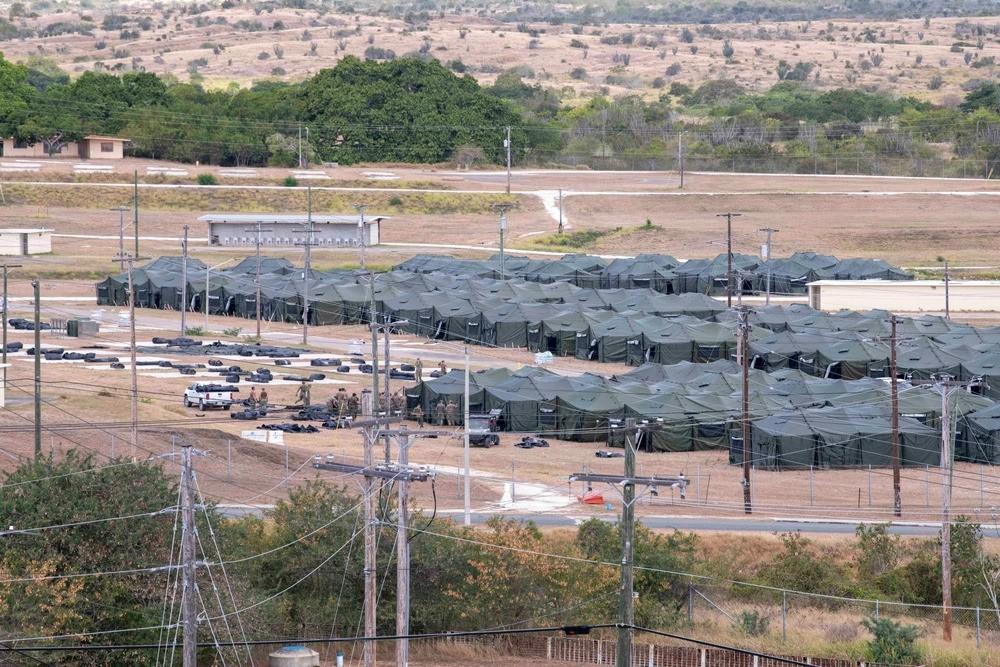The Trump administration is considering using a recently closed federal prison in Dublin, California, to house immigrants facing deportation. This prison, located about 20 miles east of Oakland, was shut down last year after reports of widespread sexual abuse by correctional officers, leading to its nickname, the “rape club.”
An email from a federal prison workers’ union suggests that Immigration and Customs Enforcement (ICE) may take over the facility. The prison, which currently has no inmates, was assessed in July 2024, and that report was shared with ICE. Union leaders worry that this could mean ICE plans to use the prison to hold detained immigrants.
Recently, the Federal Bureau of Prisons (BOP) admitted to housing migrant detainees in some of its facilities. This raised concerns among prison workers, who fear that their main job—keeping communities safe from criminals—could be affected if they are forced to handle large numbers of detained migrants instead.
John Kostelnik, a regional union leader, warned that this shift could make it harder for prison staff to do their usual jobs. “Our staff is already stretched thin,” he said. “Now, they’re asking us to take on another role that we aren’t trained for.”
While the Bureau of Prisons confirmed it is working with ICE, it refused to share details about where detainees will be housed. ICE also declined to give specifics but said it is looking for more space due to an increase in arrests from its “enhanced enforcement operations.”
The Trump administration has been cracking down on immigration, aiming to deport millions of people. ICE, however, has the budget to detain only about 41,000 people at a time. Normally, detainees are held in ICE processing centers, private prisons, or county jails, but the government is now exploring other options.
In January, union leaders warned Senator Alex Padilla that the Bureau of Prisons was being asked to clear space in federal prisons for detainees. This happened during Trump’s first term as well, when 1,600 immigrants were housed in federal prisons. The American Civil Liberties Union (ACLU) sued the government over this, arguing that it violated the detainees’ rights.
Prison workers struggled to care for those detainees, many of whom had different medical and cultural needs from regular inmates. Communication was also a challenge since many migrants didn’t speak English. Kostelnik fears that similar problems could happen again.
One of the first federal prisons in California to take in migrant detainees was the Metropolitan Detention Center in Los Angeles. According to officials, a group of nine African migrants was brought there without clear instructions on how to handle them. Staff members had to figure out where to house them and how to separate them from regular inmates.
Other prisons, including facilities in Miami and Atlanta, are also being used to hold migrants, and internal emails suggest more will follow. To help with the influx, federal prison officials have asked staff to take temporary assignments in other locations. In Oregon, prison workers were recently asked to volunteer for duty at a facility in New Hampshire, which is preparing to receive 500 ICE detainees.
This situation is adding stress to an already overworked prison system. Some facilities, like FCI Dublin, were closed due to problems like abuse and poor conditions. Now, it appears some of these same prisons may be repurposed to hold migrants. Another facility in Morgantown, which was also scheduled for closure, is set to be inspected by ICE soon.
“This is really discouraging for prison staff,” Kostelnik said. “They’ve worked at these facilities for years, and now they’re seeing them taken over by another agency.”















